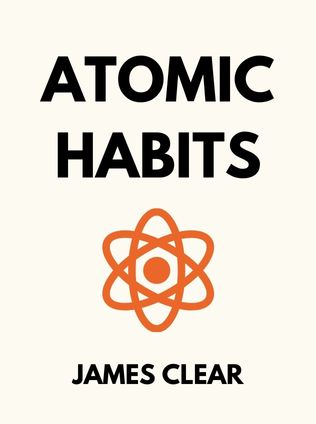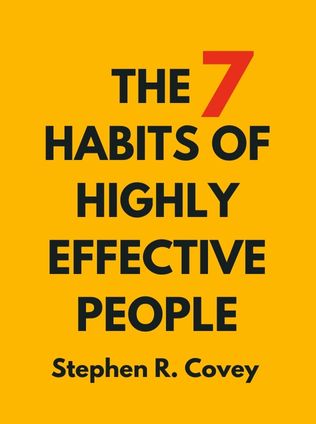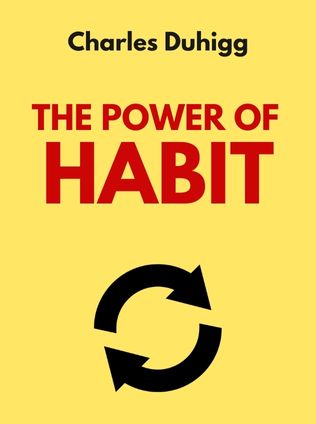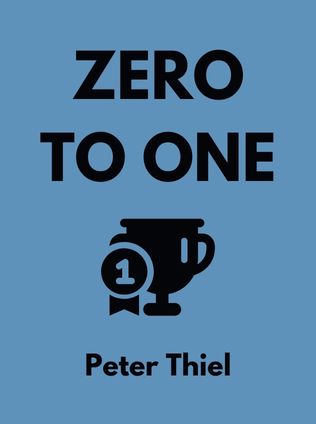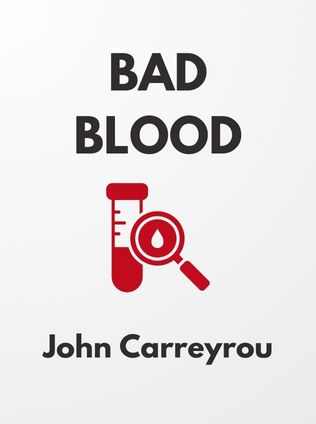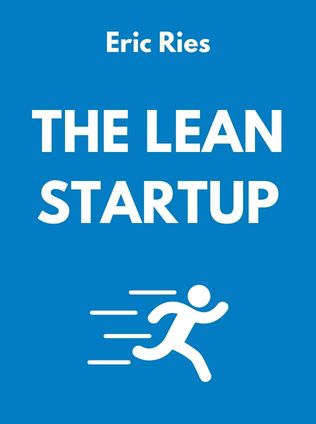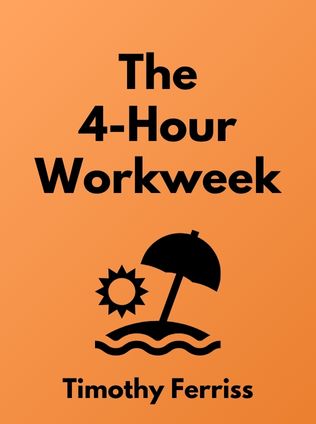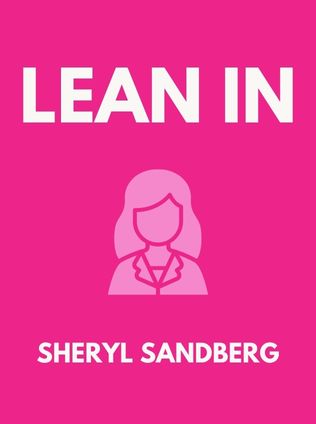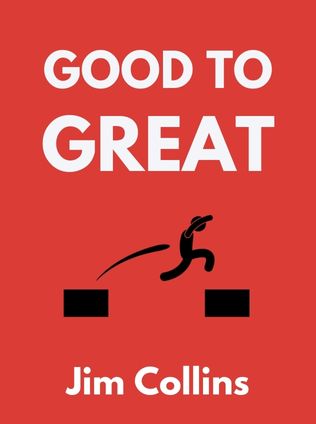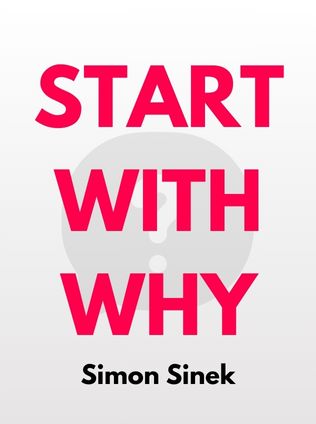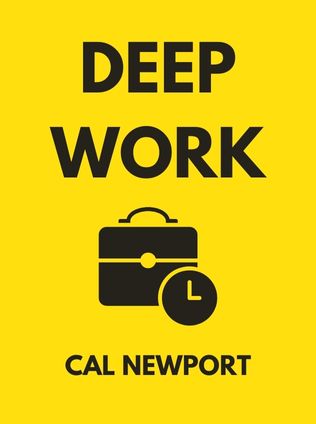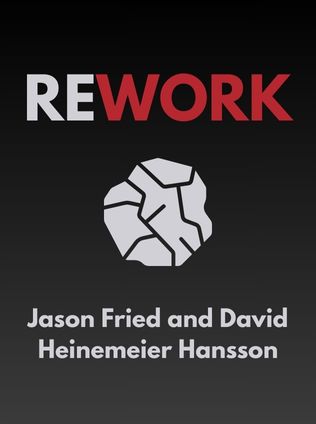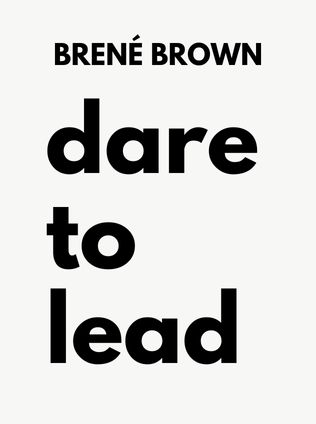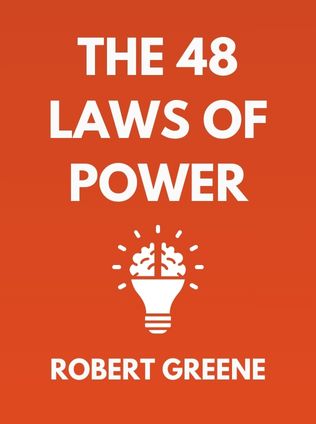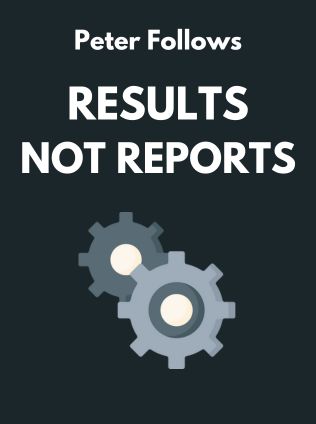
Results, Not Reports
Building Exceptional Organizations by Integrating Process, Performance, and People
By Peter Follows
Published 09/2023
About the Author
Peter Follows is a seasoned management consultant with extensive experience in helping organizations achieve sustained improvement. His work focuses on integrating process, performance, and people to drive exceptional results. Over his career, Peter has guided numerous companies through transformative changes, leading to significant advancements in efficiency and profitability.
Main Idea
"Results, Not Reports: Building Exceptional Organizations by Integrating Process, Performance, and People" by Peter Follows is a comprehensive guide that emphasizes the importance of creating a resilient organizational mindset. The book provides a framework for achieving lasting profitability and performance by dynamically managing processes, performance systems, and people. It aims to equip leaders with strategies to assess opportunities, optimize productive time, and create a robust results strategy.
Table of Contents
- Introduction: Why Change Requires Change
- Part 1: Where to Look
- Chapter 1: The Results Equation
- Chapter 2: Assess the Opportunity
- Chapter 3: Create a Results Strategy
- Part 2: What to Improve
- Chapter 4: Improve Processes
- Chapter 5: Align Performance Systems
- Chapter 6: Develop People
- Part 3: How to Get Results
- Chapter 7: Focus the Effort
- Chapter 8: Prepare for Change
- Chapter 9: Implement Change
- Conclusion
Introduction: Why Change Requires Change
The introduction sets the stage by highlighting the necessity for organizations to adapt continually. Peter Follows asserts that successful change requires a holistic approach that integrates process, performance, and people. He emphasizes that traditional management methods often fall short because they don't consider these three elements collectively.
Part 1: Where to Look
Chapter 1: The Results Equation
In this chapter, Follows introduces the concept of the "Results Equation," which posits that sustainable results are achieved by dynamically managing processes, performance systems, and people. He explains that every organization consists of processes, and the goal is to maximize productive time while minimizing unproductive time.
Processes involve value-added steps that create a product or service. The key to a great process is its efficiency.
Performance refers to the system that provides management with necessary information. This system needs to align financial and operational indicators across all management levels.
People focuses on management behaviors and employee skills. The aim is to enhance the effectiveness of managers' time in planning, communicating, following up, and problem-solving.
“Results don’t just materialize through good intentions. They require an intentional and deliberate change in how you manage.” – Peter Follows
Chapter 2: Assess the Opportunity
This chapter delves into the importance of linking financial and operating indicators to identify performance gaps and recoverable opportunities. Follows outlines three key areas for assessment:
Sign up for FREE and get access to 1,400+ books summaries.
You May Also Like
The Life-Changing Magic of Tidying Up
The Japanese Art of Decluttering and Organizing
By Marie KondoThe Lean Startup
How Today's Entrepreneurs Use Continuous Innovation to Create Radically Successful Businesses
By Eric RiesWho Moved My Cheese?
An Amazing Way to Deal with Change in Your Work and in Your Life
By Spencer Johnson, M.D.Make Your Bed
Little Things That Can Change Your Life...And Maybe the World
By William H. McRaven
